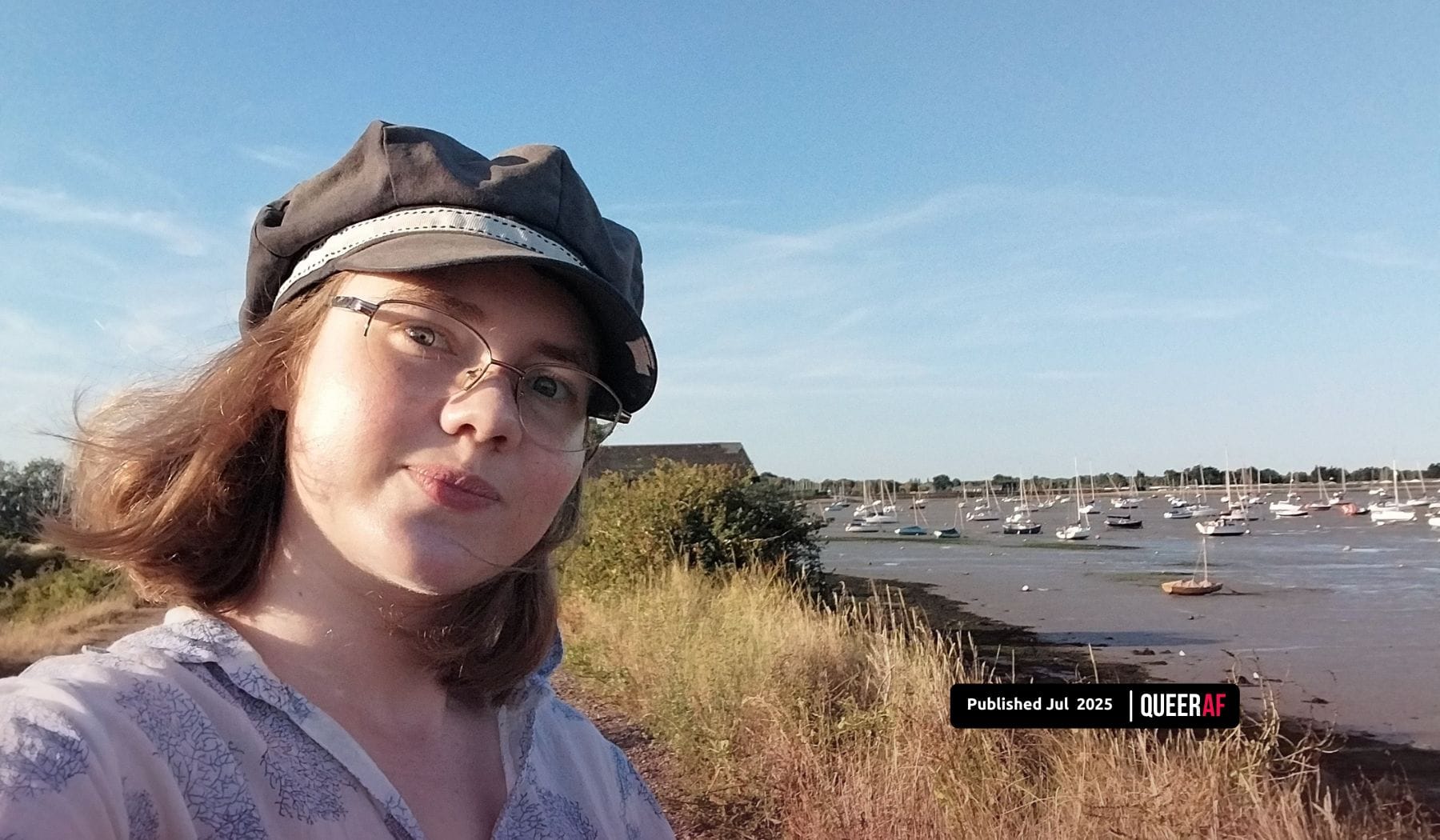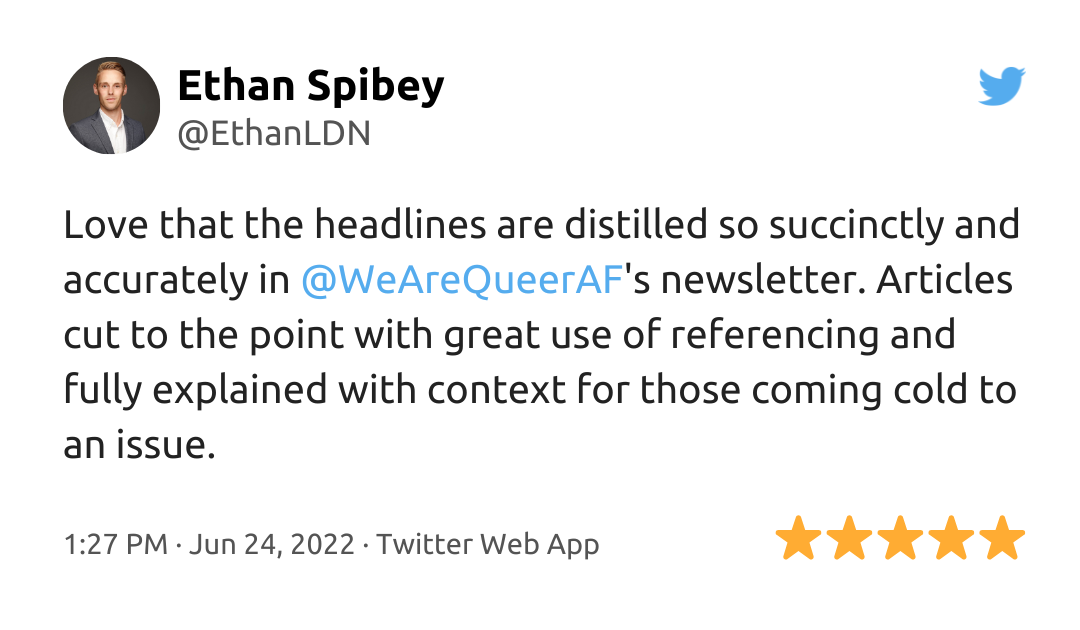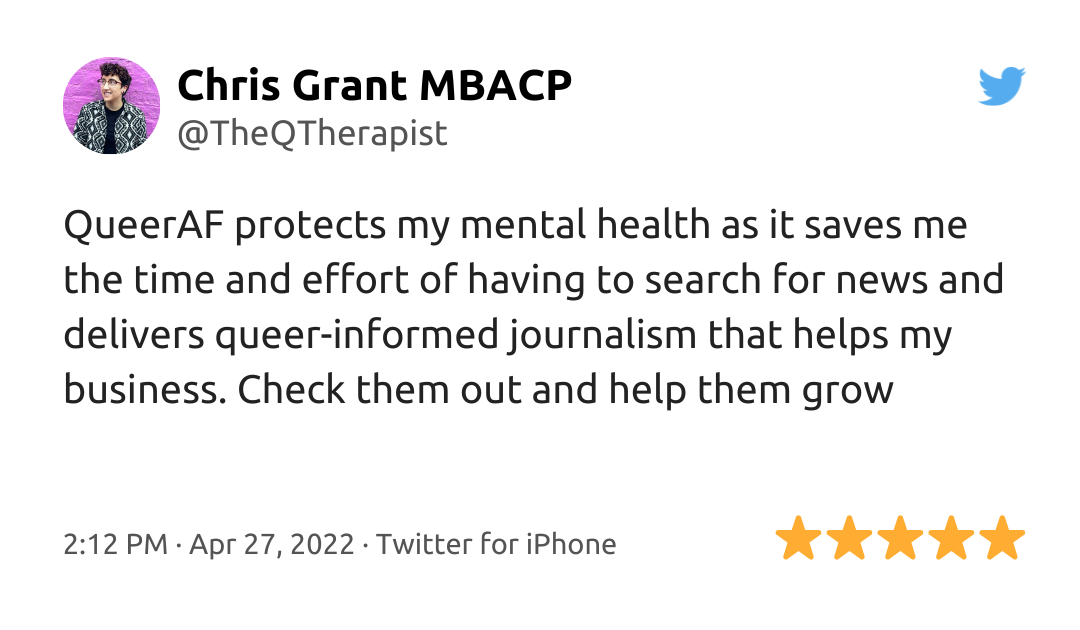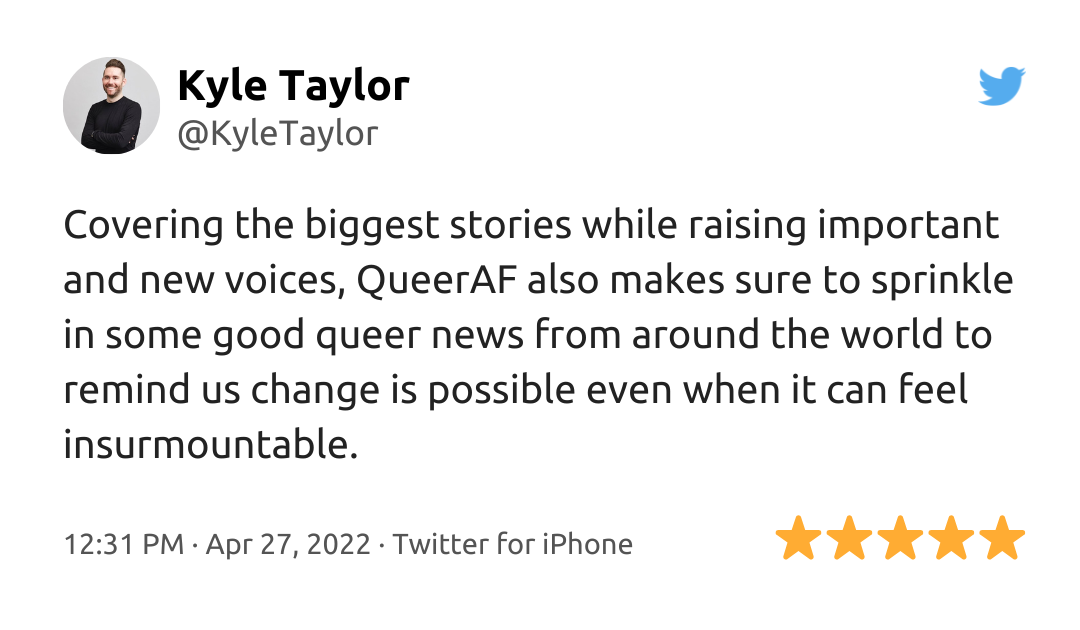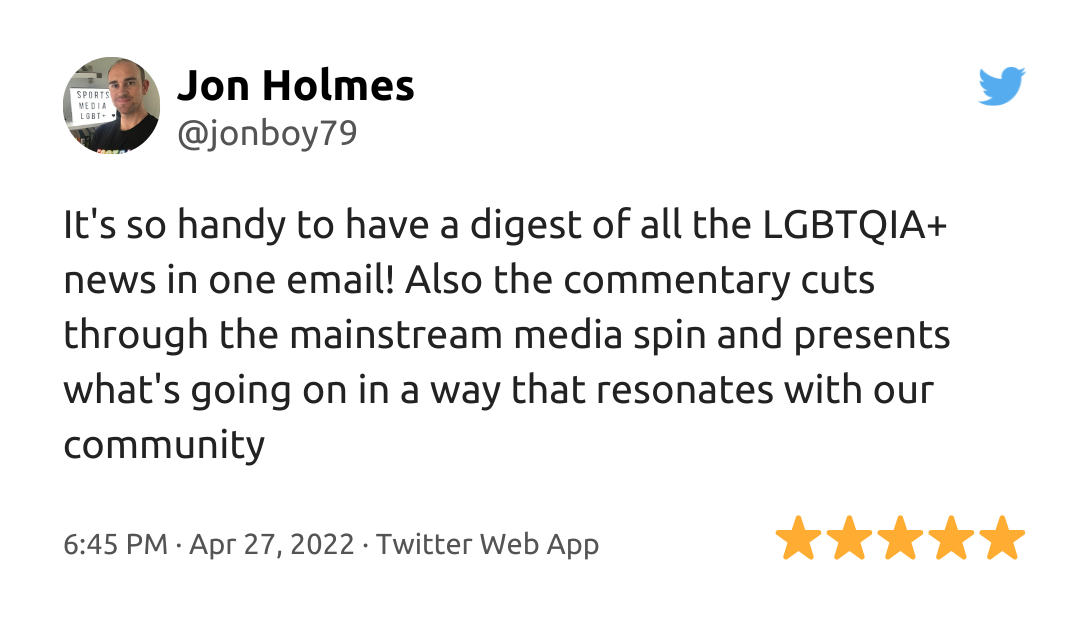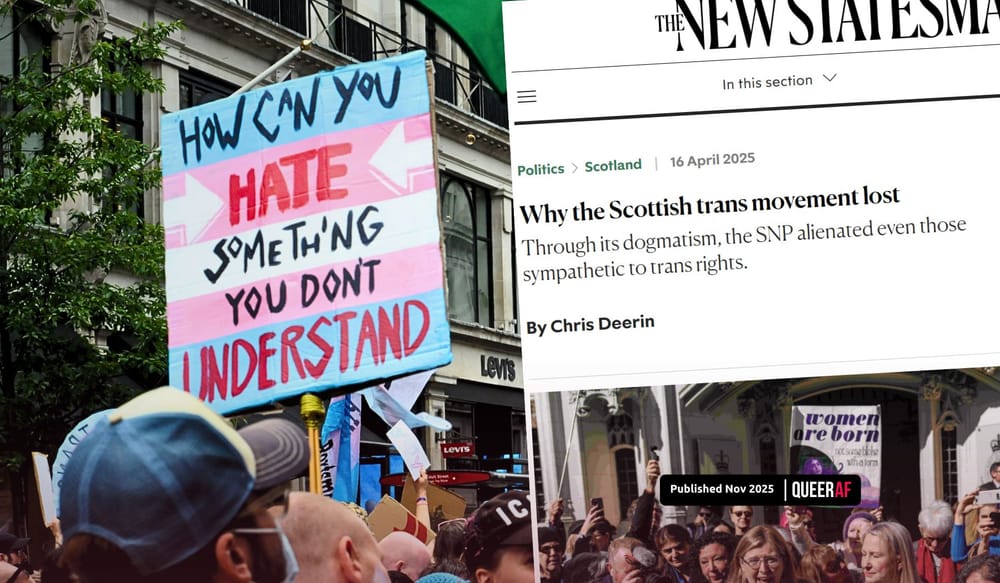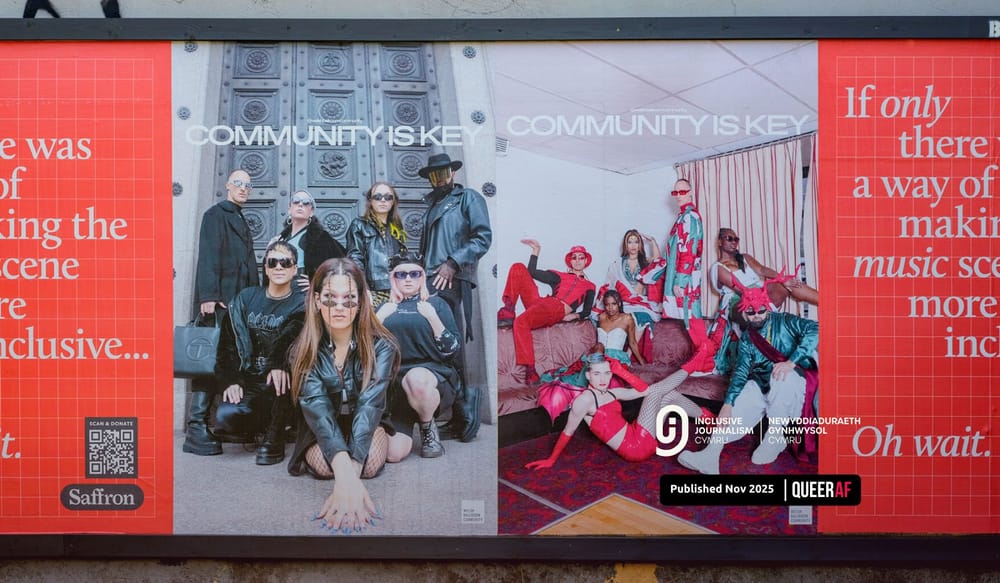
A recent trip to Glasgow to see my best friend reminded me that I have so many great love stories in my life, not just my romantic one.
On a gloriously sunny day, the two of us hopped on and off the metro to explore as much of the city as we could. We picnicked on Glasgow Green, and took the opportunity to share photos of our adventures with people back home. I just felt so loved.
It can be hard being an asexual, aromantic spectrum person navigating the world. So much of my journey to self-acceptance has been unpacking what love means without sexual and romantic attraction – the types of attraction I don’t tend to feel - and how I can build a life full of love without these components.
When you are constantly bombarded by romance in everyday life, constantly told that true romance includes sexual attraction and desire, it can feel as if your love as an aromantic and/or asexual person is not good enough.
A recent study by KCL showed that many people have false understandings of what asexuality is, and that this can create hostile environments for asexual people (aces) and others who don’t join in with romance culture.
We also know from the Stonewall Ace in the UK Report (2023) that aces often hide their asexuality at work or in healthcare settings due to fear of discrimination.
That report also concluded that moving away from sexualised workplace banter, for example, would not only make asexual people more comfortable but would reduce harassment, benefiting everyone.
The idea that we must all chase one perfect romantic partnership in order to be happy, described as amatonormativity, can lead to performative relationships and feelings of inadequacy, and prevent us from making the most of our non-romantic connections.
Instead, breaking down the amatonormative structures which tell us to prioritise romance and sex above all other experiences has allowed me to recognise love in all its forms.
Asexuality teaches us about the split attraction model and all the many forms attraction can take. In this model, there is no hierarchy for relationships or acts of intimacy. Rather, it acknowledges we need different things from different people.
It teaches us that we can, and should, celebrate platonic bonds in the ways usually reserved for romance.
For me, this means taking a trip to Scotland to visit my best friend. It means getting home and updating my parents on my bestie’s life in as much detail as I would do about my partner’s.
It means saying “I love you” to my friends and making them a priority too.
Many people have both friends and romantic partners. I’m not saying my way of living is particularly radical, but it has been intentional. That’s what I benefit from the most - a focus on developing love for those I care about, regardless of attraction.
This trip to Glasgow reminded me I have so many love stories in my life. It reminded me how much we can gain from celebrating love, in all its forms.
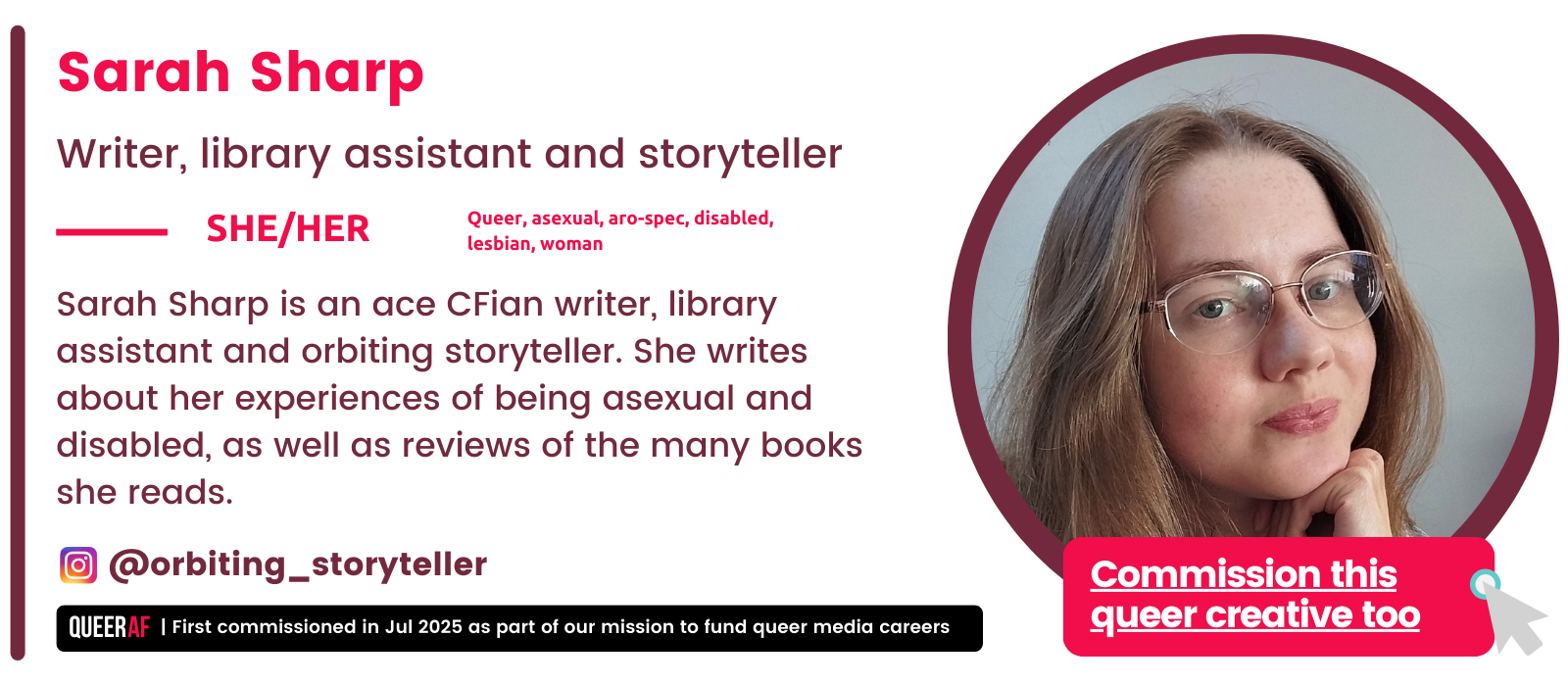
We support our writers to build media careers
"As someone that didn't go to University I often doubt myself as a capable communicator, especially as the first Director I worked for at the Guardian told me I'd never be eloquent enough if I didn't have a degree.
"But I can categorically say that the half-hour editing and feedback chat with Jamie Wareham has built my confidence and given me far more valuable advice. What a profoundly beautiful thing QueerAF are doing within news & media."
That's how one of our creatives, Ray Cooper said about our approach and support when they wrote their queer gaze article.
That's the power of our work; that's the power of our unique approach to journalism; that's what our memberships support.
Will you join the hundreds of QueerAF members who make our work to change the media, to change the country - happen?

